iHeartDogs is reader-supported. When you buy via links on our site, we may earn an affiliate commission at no extra cost to you.
“Can I shave my dog?” is a question many pet parents ponder and they’re often swayed by widespread misconceptions. Despite popular beliefs suggesting the benefits of shaving your dog’s fur, the reality is that shaving a dog can lead to numerous health and well-being issues. The practice of shaving dogs, particularly those with double coats, can disrupt their natural ability to regulate temperature, lead to skin problems, and even cause lasting damage to their coat. By understanding the function and importance of a dog’s coat, we can see why removing it is rarely beneficial.
Let’s explore the reasons why shaving your dog is generally discouraged and debunk the myths that mislead many well-intentioned parents. Plus, we’ll share tips on how to deal with dog hair without turning to the clippers. Our goal is to guide dog parents toward grooming practices that support the health and happiness of their dogs while steering clear of potentially harmful decisions based on misconceptions. Now, let’s check out the reasons why shaving your dog might not be the best idea.
Can I Shave My Dog? The Reasons You Probably Shouldn’t
#1 – Damage to the Coat, Particularly Double-Coated Dog Coats
Shaving a double-coated dog, contrary to popular belief, can do more harm than good. These dogs, like Huskies and Golden Retrievers, have two layers of fur: a topcoat of guard hairs and a softer undercoat. This double coat acts like a built-in climate control system. It keeps them warm in winter and, surprisingly, cool in summer. When you shave it off, you’re messing with their natural temperature regulation.
There’s also the issue of the coat not growing back the same. According to Dr. Karen Becker, a respected veterinarian, shaving can change the coat’s texture, making it coarser or patchy. This isn’t just a cosmetic problem; it can lead to discomfort for your dog. Moreover, the notion that shaving reduces shedding in double-coated dogs is a bit of a myth. These dogs shed their undercoat seasonally, and shaving doesn’t stop this process; it just makes the hair shorter.
Shaving a double-coated dog disrupts their natural defenses against the weather, can lead to uncomfortable and potentially harmful skin issues, and doesn’t even achieve what many hope for – reducing shedding. It’s a classic case of a ‘quick fix’ that isn’t much of a fix at all. Stick to regular grooming and let their beautiful coat do its job!
#2 – Misconceptions About Temperature Regulation
A common misconception is that shaving a dog helps them stay cool in summer. However, whether single-coated or double, a dog’s coat is designed to regulate their body temperature effectively. The coat acts as an insulator, keeping them warm in winter and preventing overheating in summer by trapping a layer of air to cool the skin. Removing this coat can disrupt their natural cooling mechanism. Dogs primarily regulate their body temperature through panting, not through their skin, unlike humans. Therefore, shaving a dog for the sole purpose of keeping them cool can be counterproductive and may lead to overheating and sunburn.
Want a better way to keep your dog cool without damaging their beautiful coat? Check out this list of the Best Cooling Products for Dogs.
#3 – Increased Risk of Sunburn and Skin Cancer
Shaving a dog, especially one with light skin and/or a short or thin coat, significantly increases their risk of sun-related skin cancer. The natural fur coat of a dog provides a layer of protection against harmful UV rays. When this protective layer is removed through shaving, the dog’s skin becomes more exposed and vulnerable to sunburn. Sunburn in dogs can lead to skin cancer, just as in humans.
Skin cancer in dogs can manifest in various forms, such as lumps, bumps, warty lesions, or scabs on the skin. While not all types of skin cancer in dogs are caused by sun exposure, it is a leading cause, particularly in dogs with certain characteristics like light skin or a thin coat. Moreover, some dog breeds have a genetic predisposition to skin cancer, and factors like hormonal imbalances can also trigger its onset.
RELATED: Dog Skin Cancer: What Every Owner Should Know
To mitigate the risk of sunburn and skin cancer, it’s advisable to limit a dog’s exposure to direct sunlight, especially during peak hours. If sun exposure is unavoidable, using a dog-safe sunscreen is recommended. This sunscreen should ideally have an SPF of at least 15 and be applied to the most exposed areas of the dog’s skin, such as around the lips, ear tips, and any other areas with low pigmentation. Epi-Pet K-9 Care Sunscreen offers protection of SPF 30+ and comes in an easy-to-apply format, much like human spray sunscreen.
It’s important to regularly check your dog for any signs of skin cancer and seek veterinary advice if any unusual growths or changes in the skin are observed. Early detection and treatment are key to effectively managing and treating skin cancer in dogs.
#4 – Potential for Skin Problems
Like humans, a dog’s largest organ is their skin, and Dr. Karen A Moriello, DVM, explains this protective barrier comprises twelve to twenty-four percent of a dog’s body weight, depending on their age and size. All this canine skin depends on fur to help protect it from a host of issues, so shaving a dog increases their potential for skin problems due to several factors:
- Loss of Natural Protection: A dog’s fur serves as a natural barrier against environmental irritants such as dust, pollen, and even insects. When the fur is shaved off, this barrier is removed, making the dog’s skin more vulnerable to allergies, irritations, and infections.
- Risk of Nicks and Cuts: The process of shaving itself can be risky, especially if not done by a professional. There is a chance of causing nicks and cuts, which can become infected or lead to irritation.
- Changes in Skin Condition: Shaving can alter the condition of the dog’s skin. For instance, it can lead to dryness or increase oil production, both of which can cause discomfort and potential skin issues.
- Potential for Ingrown Hairs: As the fur grows back after shaving, there is a risk of ingrown hairs, which can be painful and may lead to infections or cysts.
It’s essential for dog parents to understand these risks and weigh them against any perceived benefits of shaving. Regular grooming and brushing are often more effective and safer methods for managing a dog’s coat and skin health. For specific advice tailored to your dog’s breed and health, consulting with a veterinarian or professional groomer is always recommended.
#4 – Negative Psychological Impact
For some dogs, the experience of being shaved can be quite distressing. This reaction is not just about the physical act of shaving but also about the aftermath – the sudden loss of their coat. When a dog is shaved, especially if done abruptly or without gradual acclimatization, it can lead to a sense of vulnerability and exposure. This feeling of nakedness can be quite alarming for a dog. Their fur is a natural barrier against various elements, from weather to external stimuli. Without it, they might feel more sensitive to their surroundings – both physically and psychologically.
This sudden change can manifest in altered behavior. Some dogs might become more anxious or agitated. They could start exhibiting signs of stress, such as increased vocalization, restlessness, or changes in eating and sleeping habits. Others might become more withdrawn, displaying a noticeable decrease in playful behavior or reluctance to engage in activities they previously enjoyed.
Furthermore, the sensation of their skin without fur can be uncomfortable for dogs. They might excessively lick or scratch the shaved areas, leading to skin irritation or even injury. In a nutshell, shaving can have a profound impact on a dog’s emotional and psychological well-being. This impact underscores the importance of considering a dog’s physical and mental health when contemplating grooming decisions like shaving.
RELATED: 10 Signs Your Dog Has Anxiety
#5 – Grooming Challenges
Shaving a dog, particularly those with double coats, can lead to future grooming challenges. This issue arises primarily because the coat might not grow back the same as it was before shaving. The regrowth can be uneven, with changes in texture and thickness. For instance, the new coat might come in coarser, patchier, or denser than the original coat, which can make future grooming more difficult.
This change in coat texture can pose several challenges. A coarser or denser coat is more prone to matting and tangling, requiring more frequent and meticulous grooming to prevent these issues. Additionally, the altered coat might not provide the same level of protection against the elements as the original coat did, necessitating more careful management to keep the dog comfortable in various weather conditions.
The altered growth pattern of the coat can also affect the dog’s appearance. In some cases, the coat might grow back in patches or have areas with thinner coverage, which can be aesthetically displeasing and might not offer the same level of protection or insulation as before.
Is Shaving My Dog Ever a Good Idea?
Shaving a dog can be appropriate in certain circumstances, but it’s generally not recommended for routine grooming, especially for breeds with double coats. Here are situations where shaving might be necessary:
- Medical Reasons: Shaving may be required for medical procedures, treatments, or if a dog has severe matting that cannot be resolved through regular grooming. Matting can cause skin irritation and hide skin conditions, so in these cases, shaving can be beneficial for the dog’s health.
- Flea or Tick Infestations: In severe cases of parasite infestations, shaving can help in effective treatment and management.
- Overheating in Certain Breeds: Some breeds with heavy coats may benefit from shaving in extremely hot climates, but this is rare and should be done under veterinary guidance.
- Specific Breed Grooming Requirements: Breeds with continuously growing hair, like Poodles, may require regular haircuts. However, this is different from completely shaving down to the skin.
- Skin Diseases: Dogs with certain skin diseases may require shaving of the affected area for treatment.
It’s crucial to note that shaving should not be done as a solution to shedding or as a belief that it will keep the dog cooler in summer. In fact, for many breeds, their coat provides insulation and protection against the sun and heat.
Consulting with a veterinarian or professional groomer is the best way to determine whether shaving is appropriate for your dog’s specific situation. They can provide guidance based on the breed, coat type, health condition, and individual needs of your dog.
Managing Dog Fur Without Shaving
Managing dog fur without resorting to shaving involves several grooming techniques and regular care routines. These practices help keep your dog’s coat healthy, minimize shedding, and ensure their comfort. Here are some effective ways to manage dog fur:
Regular Brushing
Frequent brushing is key to managing dog fur. It helps remove loose hair, reduces matting, and keeps the skin and coat healthy. Different breeds require different types of brushes, so it’s important to choose the right one for your dog’s coat type. Check out the 5 Best Dog Brushes for Long Hair and 6 Best Dog Brushes for Short Hair Dogs.
Tools like de-shedding brushes or combs can effectively remove loose fur from both the topcoat and undercoat, especially during the shedding season. The FURminator Undercoat Deshedding Tool for Dogs is one of our favorite de-shedding brushes for large dogs weighing over 50 pounds and comes in options for both long and short hair. The stainless steel deShedding edge can safely and effectively remove loose hair and undercoat without causing damage to the coat or skin. The tool also features a FUREJECTOR button for easy hair release and an ergonomic handle for comfortable grooming.
Proper Bathing
Regular baths with dog-specific shampoo can help keep the coat clean and reduce shedding. However, over-bathing can strip natural oils from the skin and fur, so it’s important to find a balance that works for your dog. So, what’s the right amount of bathing? The answer depends on your dog, but here’s a general look at how often to bathe a dog:
- After a Swim: If your dog swims in a pool, ocean, or lake, it’s good to bathe them to remove chlorine, salt, or lake residues.
- When Dirty or Smelly: Obvious, but if your dog is visibly dirty or has a strong odor, it’s bath time.
- Post-Adventure: After a particularly stringent hike or play in a park, especially if they’ve rolled in dirt or mud.
- Regular Schedule: Depending on the breed, some dogs benefit from regular bathing every 4-6 weeks.
- Allergies or Skin Conditions: More frequent baths with medicated or hypoallergenic shampoo can help.
- Excessive Shedding: A bath can help remove loose fur and reduce overall shedding.
- Before Grooming: A clean dog is easier to groom, especially if they need a haircut.
Remember, the frequency and necessity of baths can vary greatly depending on the dog’s breed, skin type, coat, and lifestyle. Always use a dog-specific shampoo, and ensure the water is a comfortable temperature.
Is your pup one who doesn’t find fun in bath time? Dr. Kathryn Primm offers these 5 Tips To Make Bath Time Easier On You And Your Dog.
Healthy Diet
A nutritious diet rich in omega-3 fatty acids promotes a healthy coat. Proper nutrition can significantly reduce shedding and improve overall coat health. One easy way to add some shine to your dog’s coat is fish oil. iHeartDogs 100% Norwegian Salmon Oil offers a single-ingredient, potent omega fatty acid source you simply squirt on your dog’s food for healthy skin & coat, plus pain & mobility support!
Hydration
Proper hydration plays a crucial role in maintaining a healthy coat for dogs. Water is essential for the body’s metabolic processes, including those that keep the skin and coat in good condition. Adequate hydration helps ensure the skin remains elastic and resilient, reducing the likelihood of dryness, flakiness, and irritation. This, in turn, promotes a healthier, shinier, and smoother coat. When a dog is well-hydrated, it also aids in the natural shedding process and supports the growth of new, healthy fur.
To encourage your dog to drink more water and stay hydrated, consider using a water fountain. Dogs are often attracted to running water because it’s more appealing and can seem fresher than water in a stagnant bowl. A Petlibro Stainless Steel Water Fountain can stimulate their interest in drinking more frequently, which is especially helpful if your dog tends to ignore their water bowl. This constant circulation of water also ensures a supply of clean, oxygenated water, making it a healthy and engaging way for your dog to stay hydrated.
Regular Grooming Appointments
Professional groomers can provide services such as de-shedding treatments, trimming, and bathing, which are beneficial for coat maintenance, especially for breeds with challenging coat types. In between grooming appointments a grooming vacuum, like the oneisall Dog Hair Vacuum & Dog Grooming Kit, can be you and your dog’s best friend when it comes to minimizing the amount of dog hair floating around your home.
Control of Parasites
Flea and tick prevention is crucial for maintaining good coat health in dogs. Fleas and ticks can cause significant discomfort for dogs, leading to excessive scratching and biting at their skin. This constant irritation can result in skin damage, leading to hair loss, redness, and inflammation. Moreover, flea bites can cause allergic reactions in some dogs, known as flea allergy dermatitis, which further exacerbates skin and coat problems.
Preventing these parasites helps to avoid the associated skin issues. A healthy skin barrier is essential for a strong and lustrous coat. Regular use of flea and tick prevention treatments is a key aspect of a comprehensive grooming and health care routine for dogs. It ensures not only the comfort and health of the pet but also contributes to maintaining the natural beauty and resilience of their coat.
RELATED: The 10 Best Flea & Tick Treatments For Dogs
Avoiding Stress
Stress can significantly affect a dog’s physical health, including their coat condition. When a dog is stressed, it may trigger a physiological response that leads to increased shedding. This is due to the release of certain stress hormones, like cortisol, which can disrupt the normal growth cycle of a dog’s fur. Stress-induced shedding occurs because these hormones can cause hair follicles to enter the telogen phase, or resting stage, prematurely. As a result, more hairs fall out than usual.
Moreover, stressed dogs often engage in behaviors like excessive licking, biting, or scratching, which can further damage their coat and skin, leading to more hair loss. Stress can also weaken the immune system, making the skin less effective at regenerating and maintaining a healthy coat.
To help manage anxiety and stress in dogs, Cannanine Bacon Flavored CBD Soft Chews For Dogs can be a useful solution. These chews are formulated to support relaxation and calmness in dogs, potentially reducing the stress-related shedding. They usually contain ingredients known for their soothing properties, such as hemp oil, which is renowned for its calming effects on pets. By incorporating these chews into your dog’s routine, you can help alleviate their stress levels, promoting not only better mental well-being but also contributing to the maintenance of a healthier, fuller coat.
Bottom Line: Don’t Shave Your Dog
Each dog’s coat is unique, and what works best can vary significantly from one dog to another. Consulting with a professional groomer or veterinarian can help tailor a grooming routine that suits your dog’s specific needs and coat type. Regular grooming not only helps manage shedding but also provides an opportunity to check for any skin problems or irregularities in your dog’s coat. And in taking these steps for proper grooming, you’ll avoid wondering if your should shave your dog.
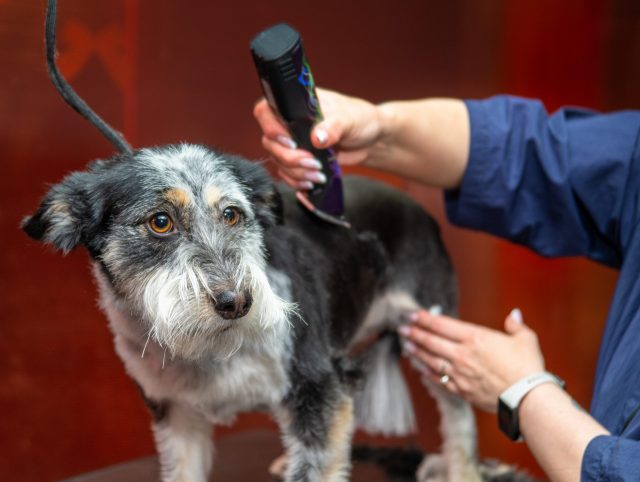
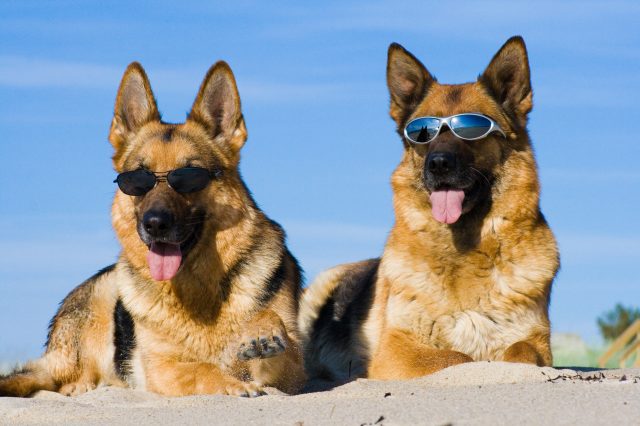

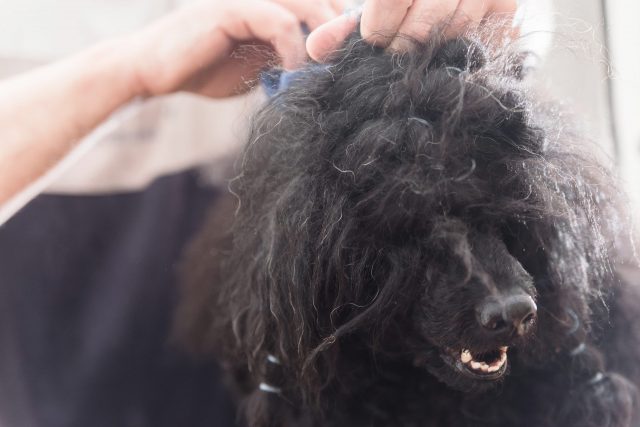
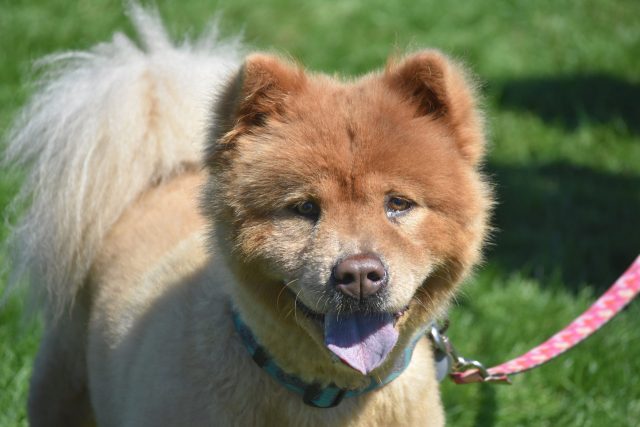
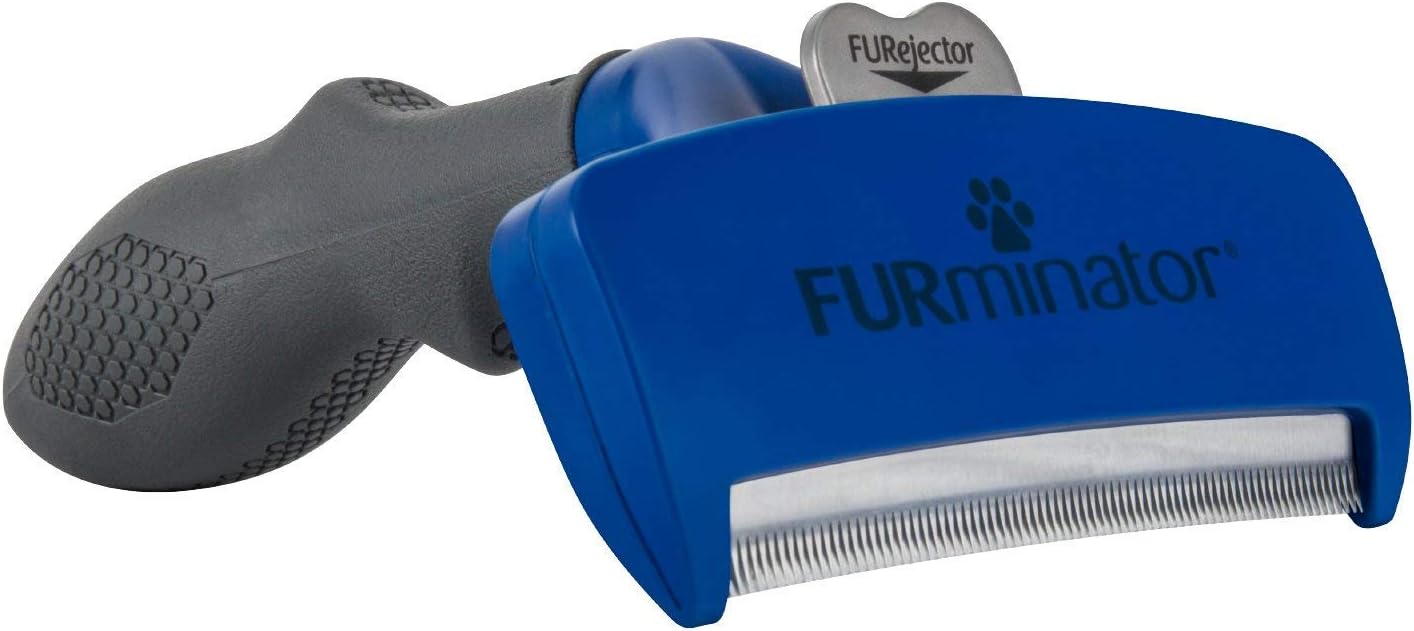
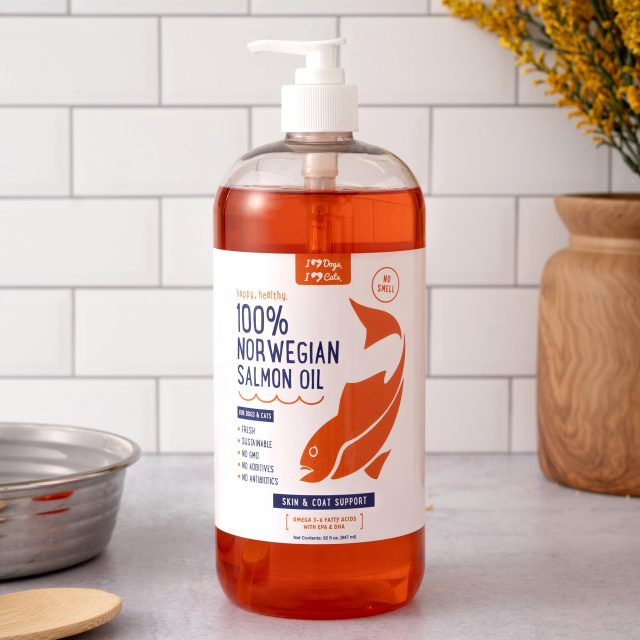
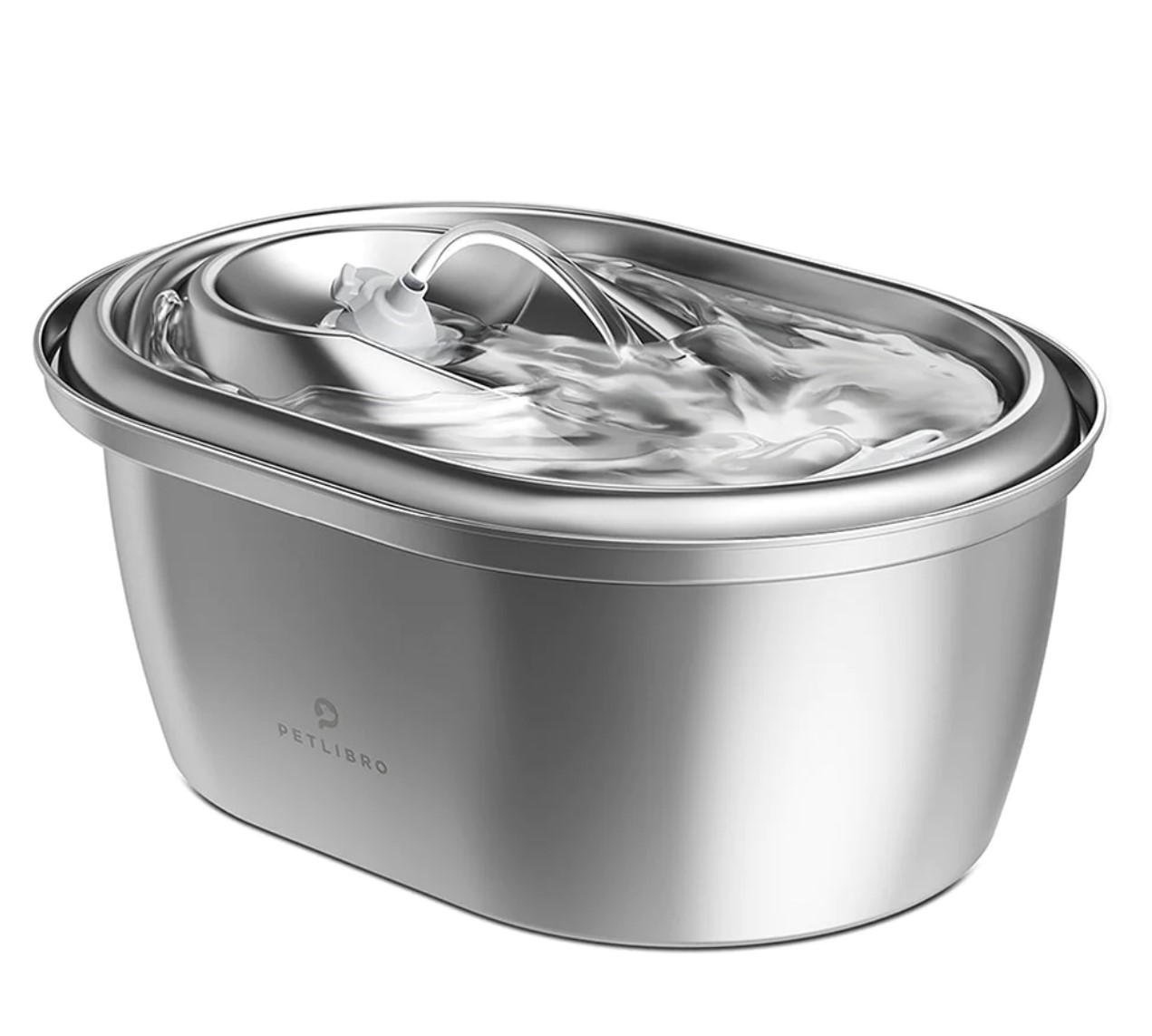

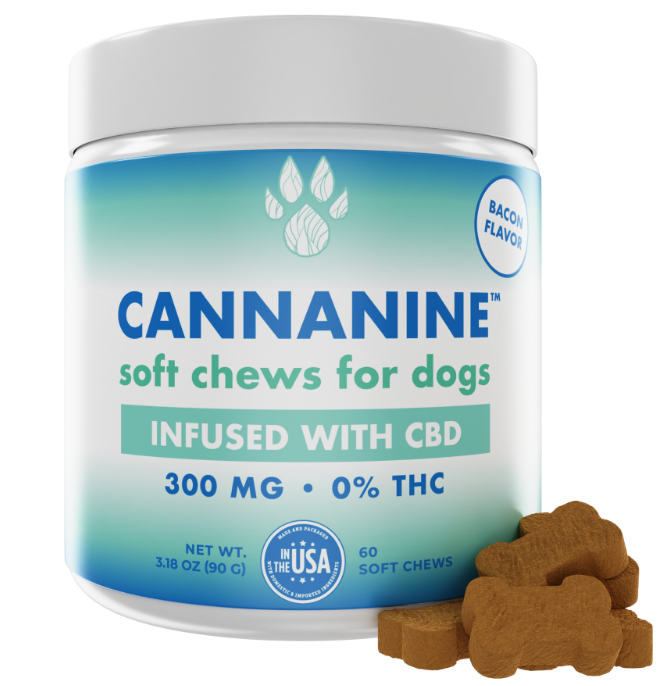
 Toledo, United States.
Toledo, United States.